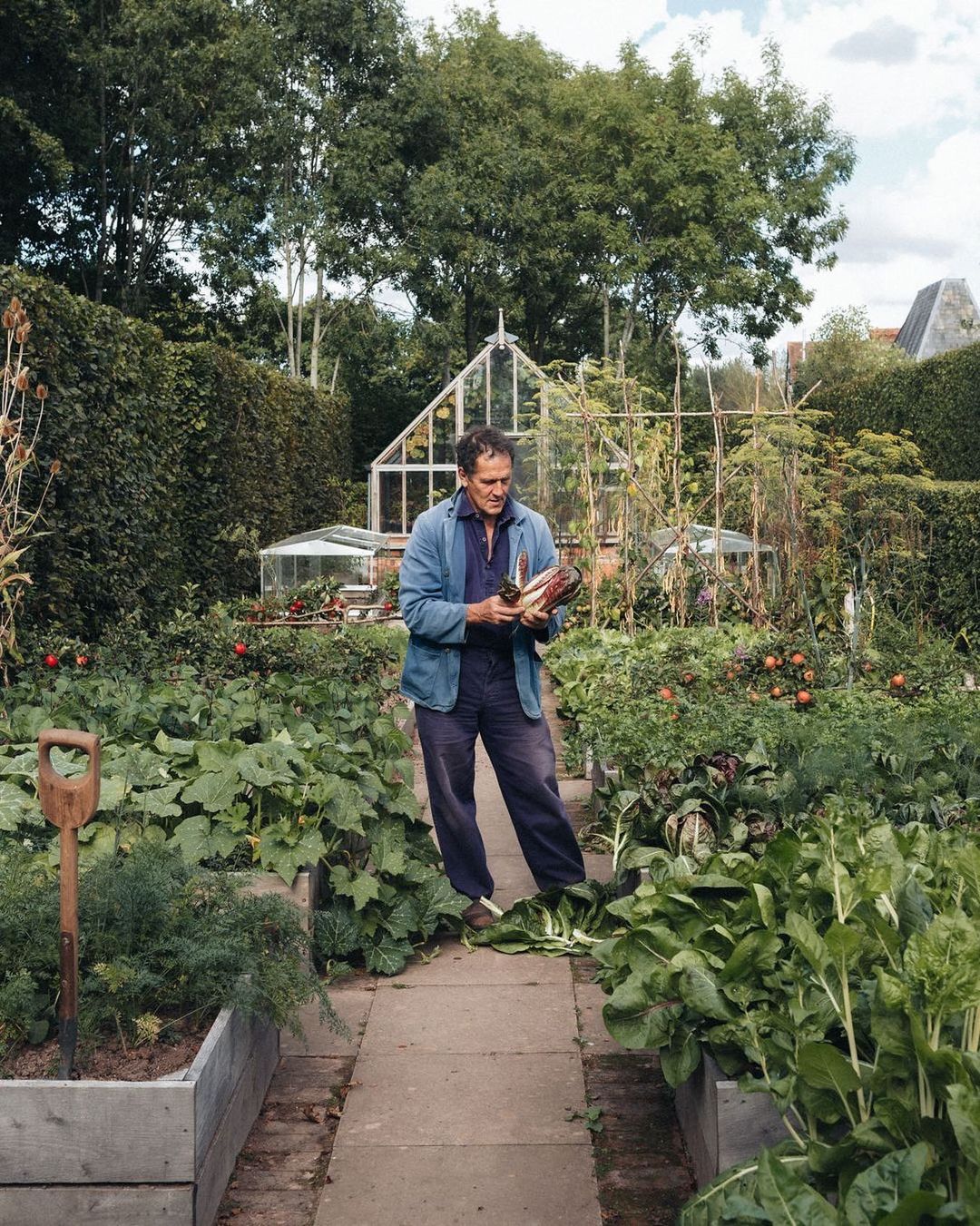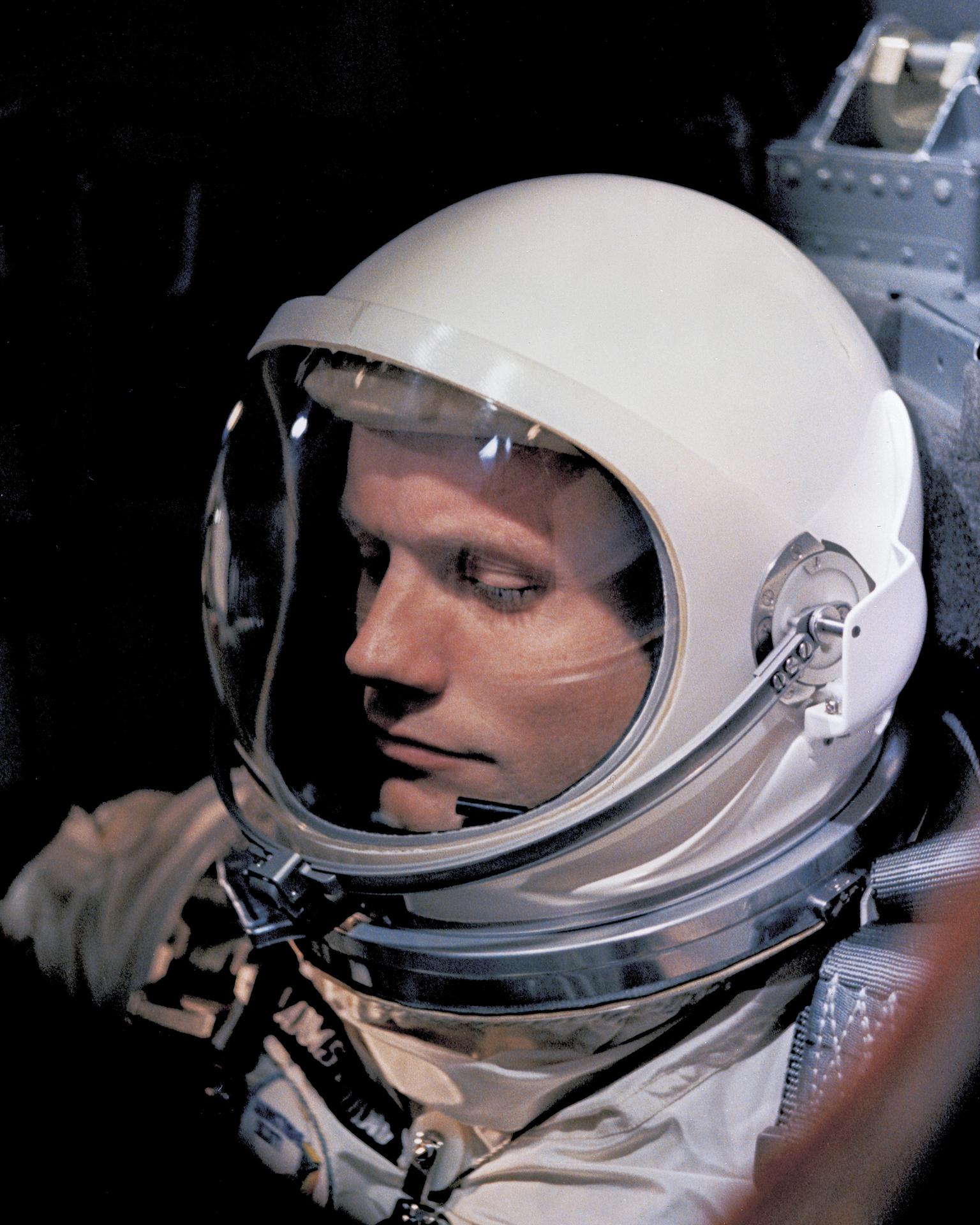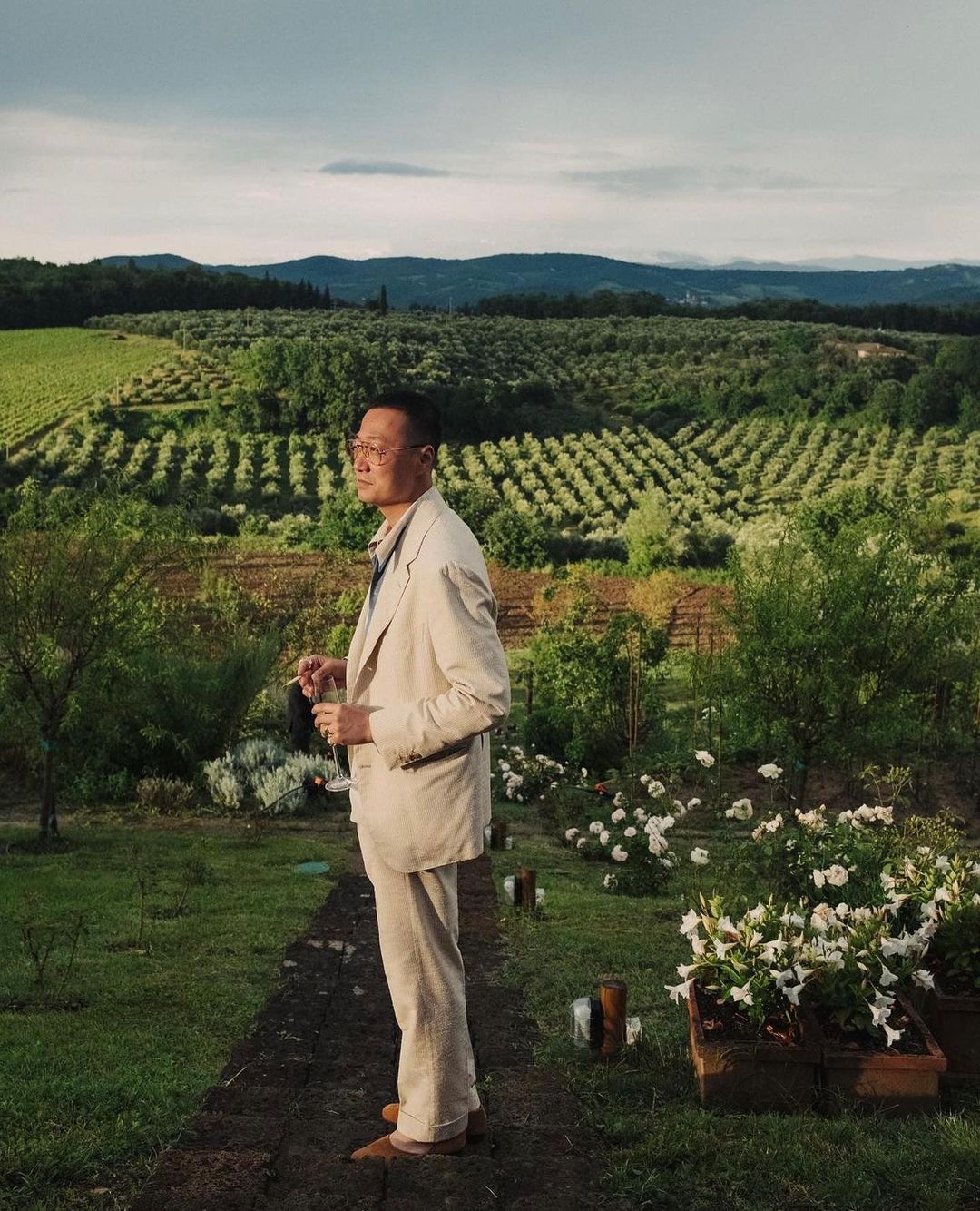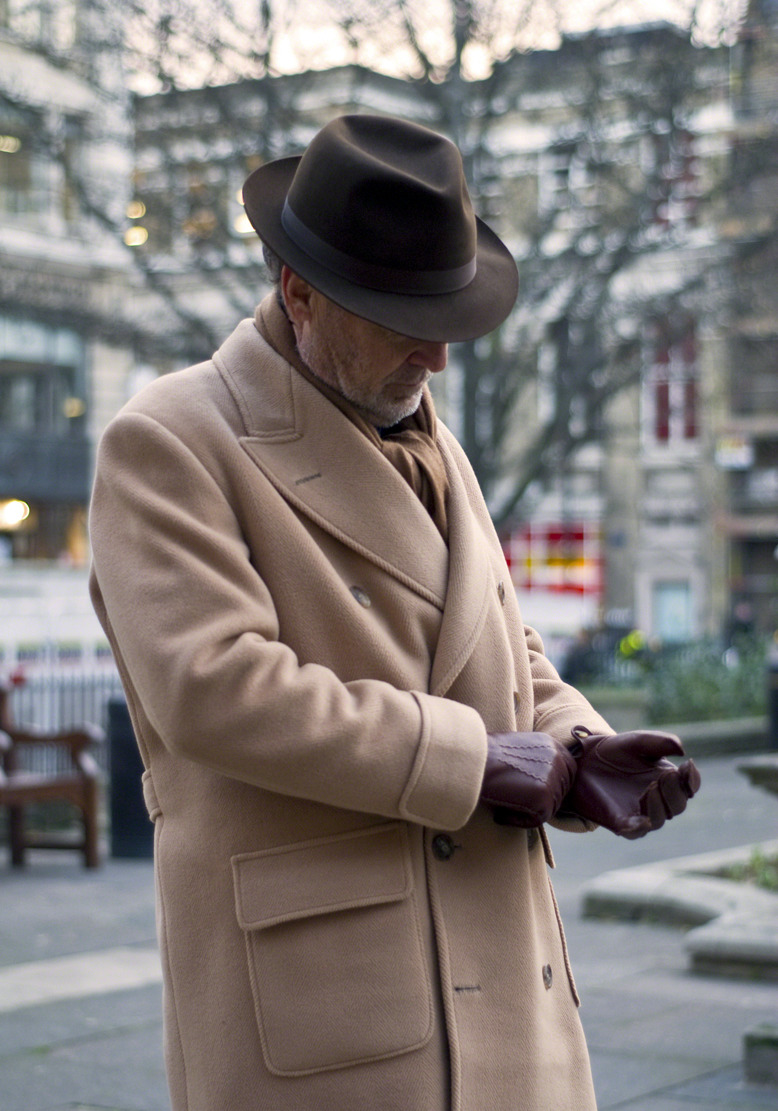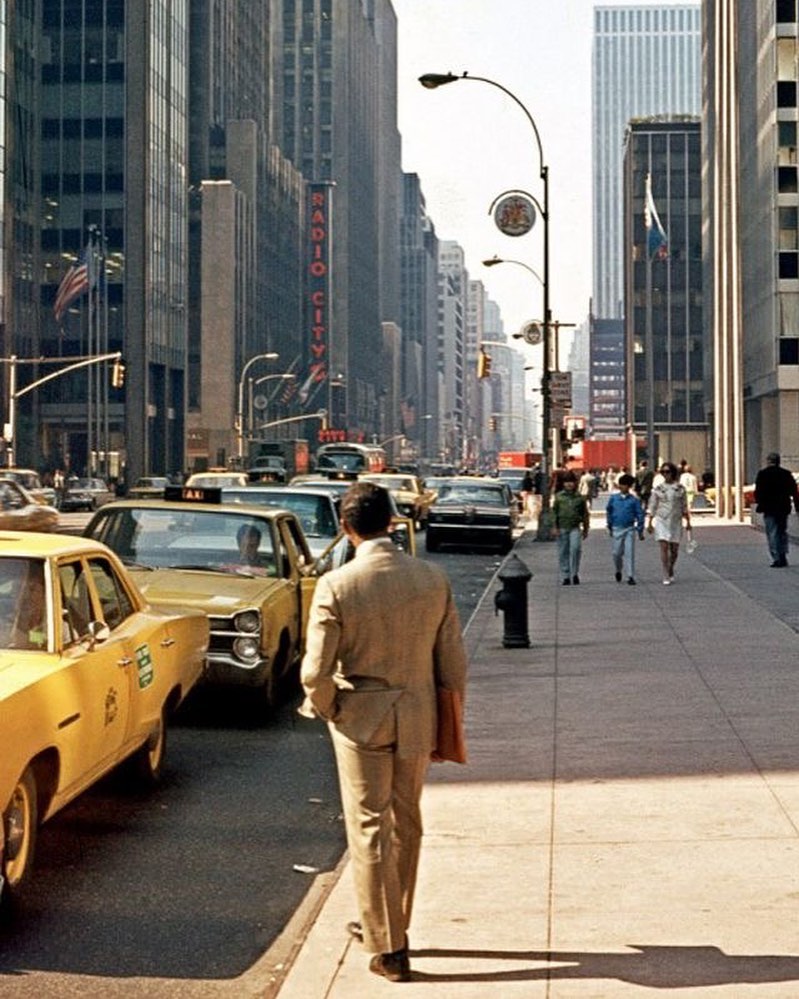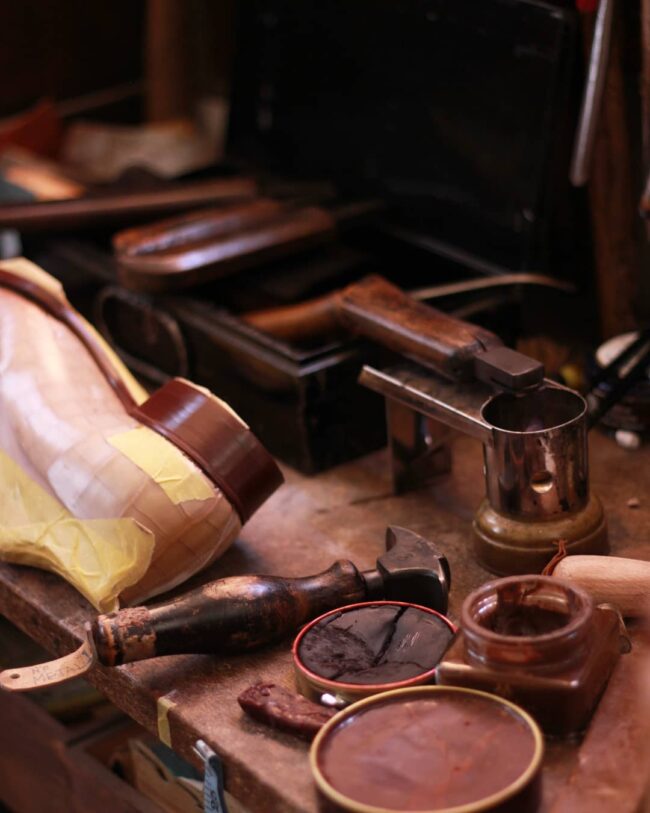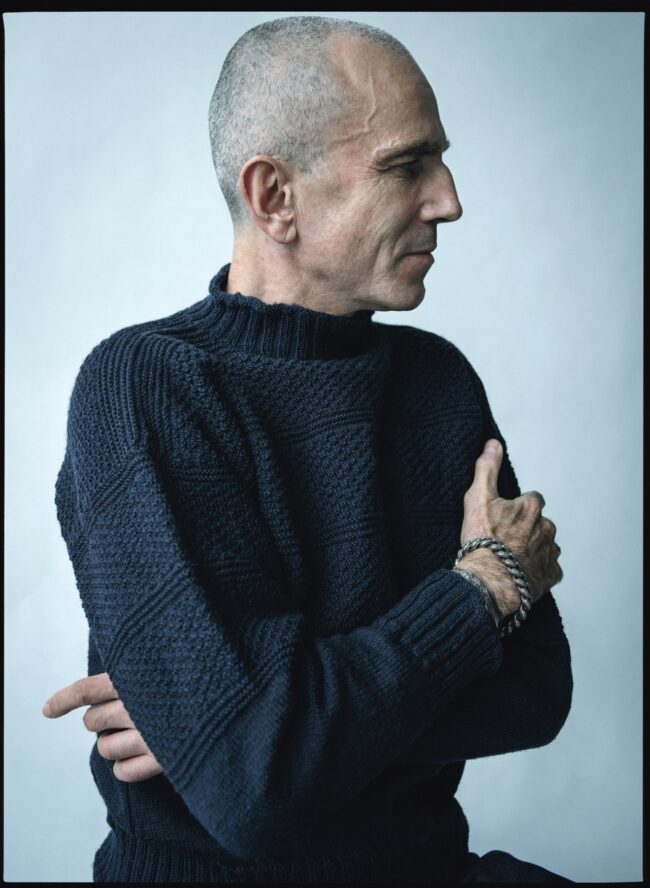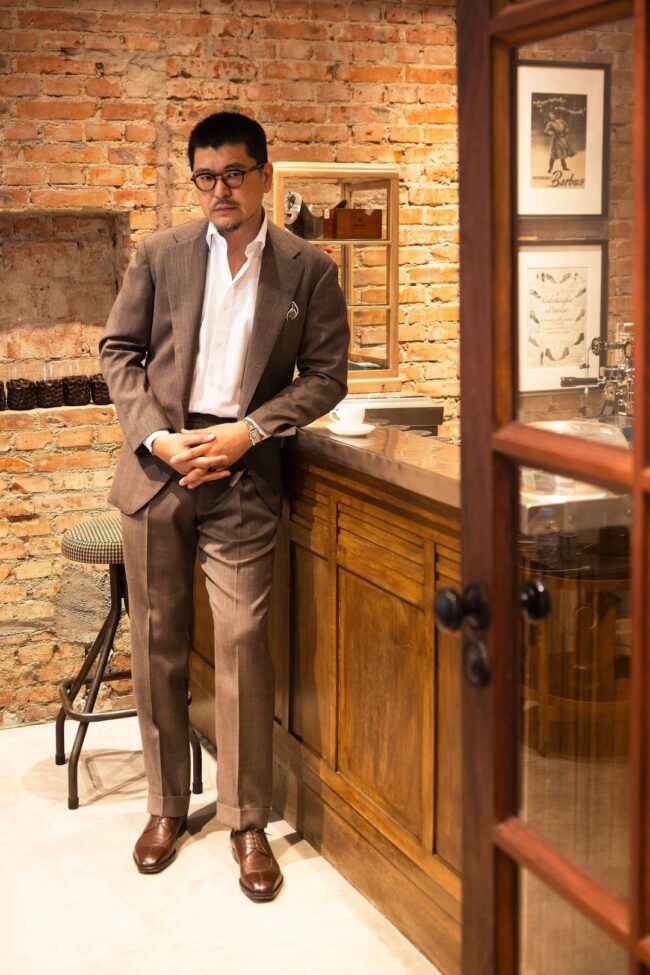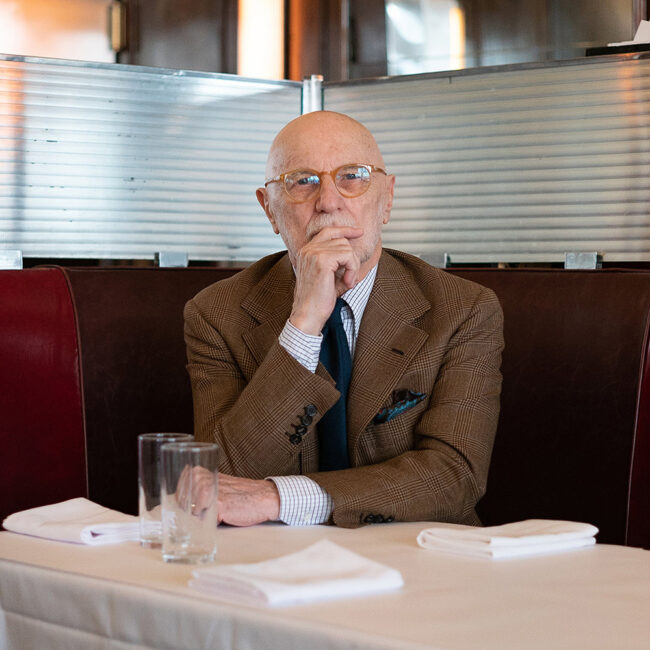A Basic Shirt Wardrobe, Part One
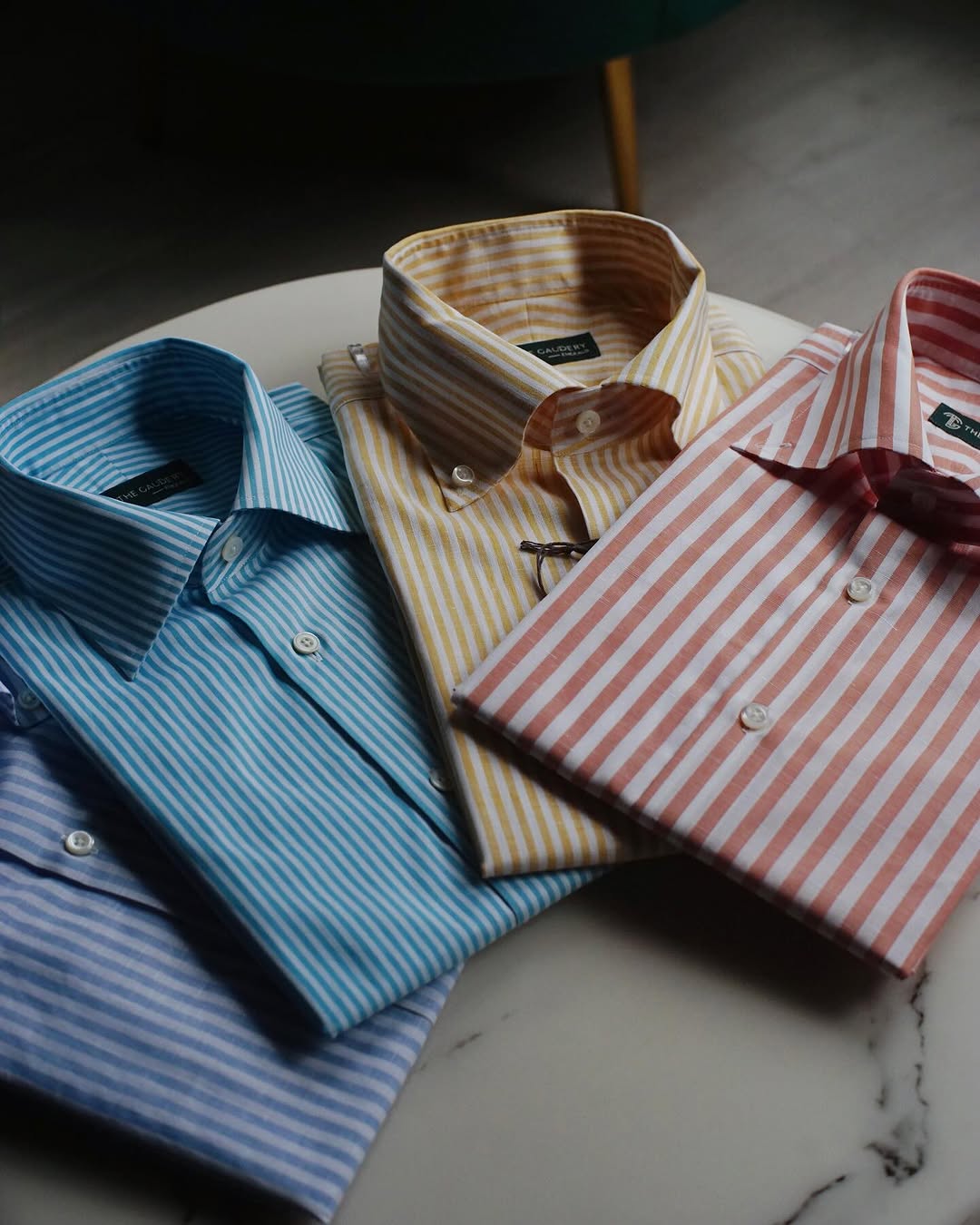
I believe it was in an old blog post on A Suitable Wardrobe where I came across a Bruce Boyer quote—and I paraphrase—that a well-curated wardrobe is the best incentive to stay in shape. By "stay in shape," he meant staying the same size, of course. If you've invested a considerable amount into clothes that hang without a pull or a ripple, you probably don't want to gain or lose too much weight, either way.
That quote recently came to mind as I started rebuilding my shirt wardrobe. I had a moment of realization last year, much like when Daisy buried her face into Gatsby's collection of sheer linen and fine flannel shirts, sobbing, "They're such beautiful shirts." Except, mine weren't so beautiful—they were so slim. Things I bought fifteen years ago no longer fit, as I've gone up a size. Unlike tailored jackets, button-ups don't come with inlays, so I've been slowly rebuilding my shirt collection, piece by piece.
This process has made me reflect on what constitutes a genuinely useful shirt wardrobe. The tattersalls I thought would go nicely under rustic tweed jackets—while technically true—barely saw any use over the past fifteen years. The discounted Margiela shirt I bought as an experiment looked more like a bad Kickstarter project than thoughtful avant-garde, as I never really had the right pieces—or personality—to make it work. So here's what I think should be in a basic shirt wardrobe. Like my "Excited to Wear" posts, this is filled with personal prejudice and bias—it's simply about what I think should be in my wardrobe. But hopefully, you find this more interesting than generic guides about how every man should dress. This guide will be broken into two parts: shirts for tailoring and shirts for casualwear.
Keep reading
